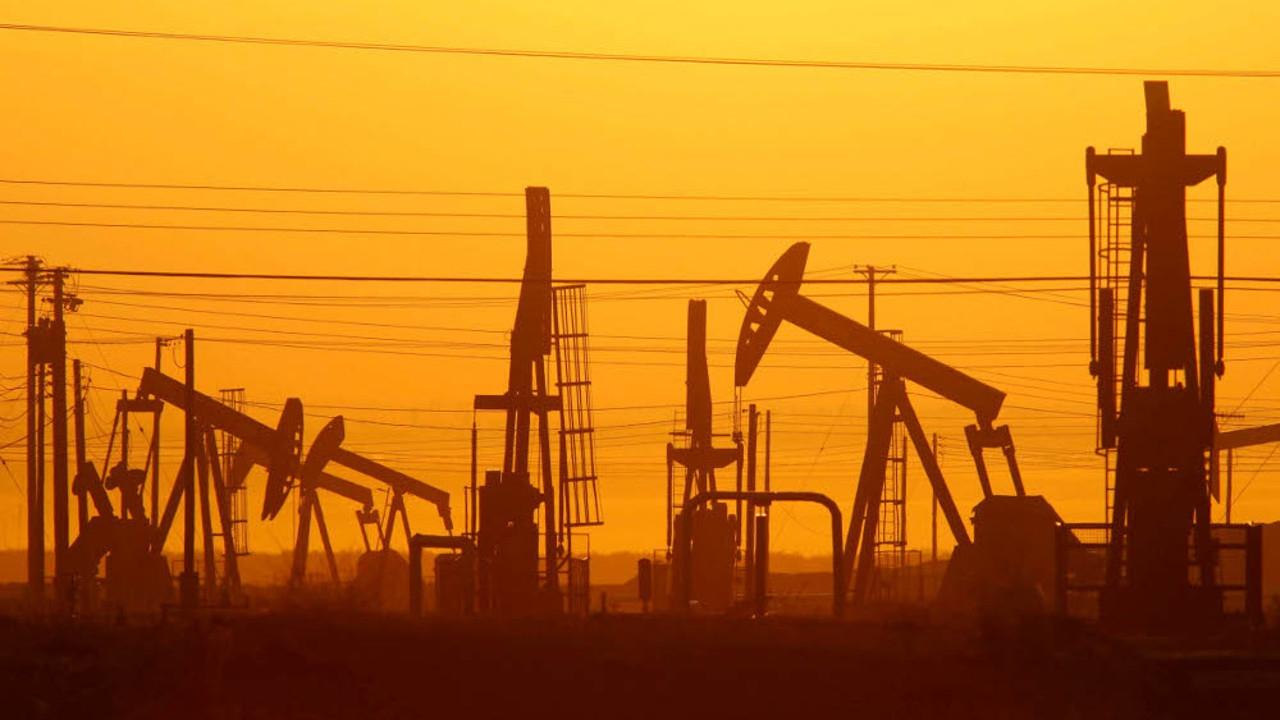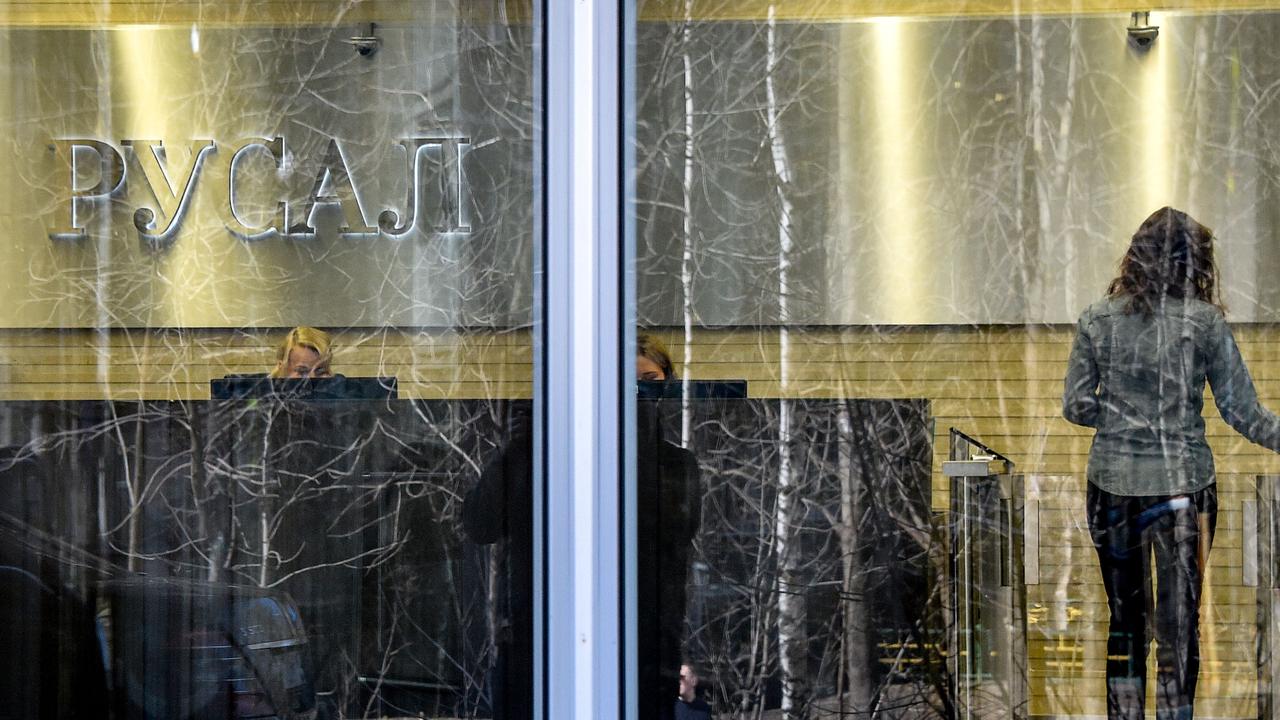Dumping not to blame for China’s iron ore miners’ thumping

It also lines those miners up with Andrew Forrest, who has consistently accused Rio Tinto and BHP Billiton of increasing their production to drive out rival producers — while adding more volume to FMG’s capacity since the price collapsed in 2011 than any other producer.
The Metallurgical Mines’ Association of China reportedly filed the complaint with China’s Ministry of Commerce yesterday, saying that major international companies were exporting large amounts of iron ore to China at low prices “which is clearly dumping behaviour that has already caused and will continue to cause material damage to the domestic iron ore industry.’’
A statement from the association went on to say that “without timely measures, the security of China’s strategic resources will be threatened” and that the impact on their industry had already included job losses, falling iron ore output and lower profitability.
The problem confronting the Chinese miners is that the big Australian seaborne producers — Rio, BHP, Fortescue and, more recently, Gina Rinehart’s Roy Hill project — along with Brazil’s Vale, aren’t dumping.
The iron ore businesses of the established producers, including Fortescue, are all profitable.
Rio’s iron ore division, for instance, generated underlying earnings in 2015 of almost $US4 billion with an average iron ore price of $US48.40 a tonne. In the December half of 2015-16, BHP’s iron ore business had underlying earnings before interest and tax of $US1.93bn. In the same period, Fortescue had a net profit of $US319m.
The current iron ore price is, as it has been for much of this year, solidly above $US50 a tonne — iron ore was trading at $US57.40 overnight. At that level the Australians and Vale would be even more profitable.
Dumping involves selling products below their costs of production, which is what China’s steel mills are being accused of. The Australian producers are generating very substantial profits from their exports to China, so clearly aren’t dumping.
Moreover, the seaborne producers, thanks to Marius Kloppers, don’t set the price of iron ore. It is set by markets, either in relation to indices or by China’s Dalian exchange.
The problem for China’s domestic producers, as they acknowledged in their statement, is that the iron ore price is lower than their own costs — they are losing money at a time when China is putting significant emphasis on restructuring rationalising its domestic resource sector.
China’s domestic producers have relatively high costs and relatively low quality. Its own steel mills have voted with their P&Ls, choosing lower cost and higher quality imported ore over domestic supply, with imports of iron ore up more than nine per cent, or about 40 million tonnes, in the first half of this year.
The complaint by the domestic producers may help explain why the iron ore price has remained relatively strong this year, or at least well above its recent lows — prices reached their nadir in the December quarter last year — even as the seaborne volumes have been rising.
Last year, about 50 million tonnes of China’s domestic ore production exited the market, which followed an even bigger drop of an estimated 80 million or so tonnes in 2014. The Metallurgical Mines’ Association says current utilisation rates at the domestic mines are less than 65 per cent and that the market share of the big seaborne producers has risen.
Along with marginal production elsewhere, high-cost producers — including China’s — are being pushed out of the market by lower cost and higher quality suppliers, which generates volume-driven productivity gains for the seaborne producers while having the opposite effect on the domestic miners.
It’s not, despite Forrest’s silly accusations (before Fortescue’s remarkable success in driving down costs and driving up volumes secured its survival), a cartel-driven conspiracy but simple economics.
The expression of pain that the dumping complaint represents might suggest that the domestic production is falling more sharply than previously anticipated.
China’s domestic mines might also be suffering from China’s general efforts to drive chronic overcapacity and inefficiency out of its steel industry. China has targeted a reduction of 45 million tonnes of steel production this year as part of a plan to take out between 100 million and 150 million tonnes of annual capacity by the end of the decade.
With much of China’s domestic iron ore production integrated with local steel production, rationalisation of China’s steel industry and its concentration among the largest and most efficient producers — Rio, BHP, Fortescue and Vale’s biggest customers — will inevitably have flow-on effects back into the domestic iron ore sector.
The rest of the world has had to cope with very disruptive and destructive (for higher-cost producers) emergence of China as the low-cost and high-volume manufacturer of consumer goods. The Chinese domestic iron ore industry is on the receiving end of a similar and similarly inexorable experience.
Not surprisingly, it doesn’t like it, but, unless China’s steel producers want to raise their cost bases and lose competitiveness by displacing low-cost and high-quality ore with the higher-priced and lower-quality domestic supply, there’s not much they can do about it.






The news that more than 20 Chinese domestic iron ore miners have filed an anti-dumping complaint against Australia and Brazil’s iron ore producers brings to mind that idiom involving pots and kettles.